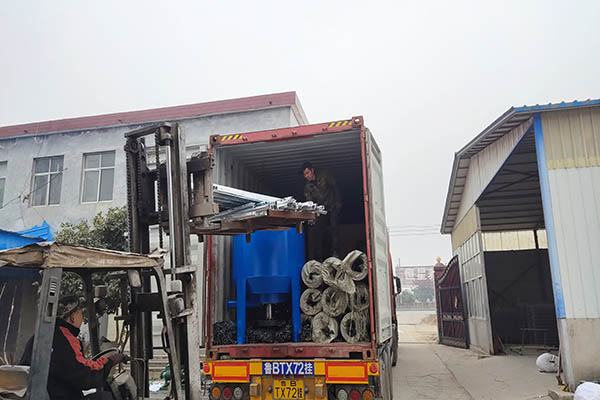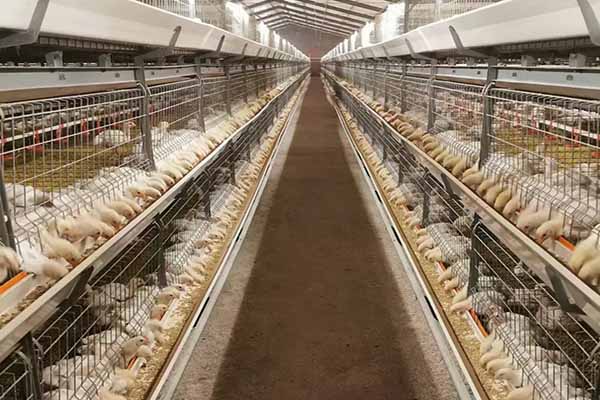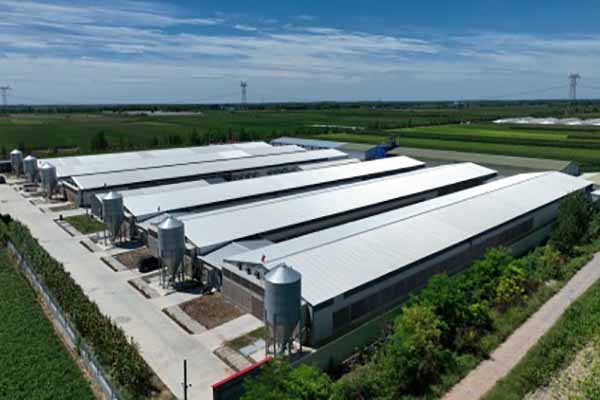The Ultimate Guide to Layer Cage System for Poultry Farms
Introduction
As the poultry industry continues to grow, so does the need for efficient and effective farming systems. One such system that has gained popularity is the layer cage system. This article delves into the benefits, components, and considerations for implementing a layer cage system in your poultry farm.

What is a Layer Cage System?
A layer cage system is a highly automated system designed for the housing of laying hens. These systems are equipped with cages that provide the hens with ample space for movement, feeding, and laying eggs. The layer cage system is known for its ability to maximize egg production while ensuring the well-being of the hens.

Key Components of a Layer Cage System
- Cages: The primary component, designed with enough space for hens to stand, turn around, and roost.
- Feeding and Drinking Systems: Mechanically operated to provide a consistent and balanced diet.
- Environmental Control: Automated systems for temperature, humidity, and air quality regulation.
- Automated Egg Collection: Systems that collect eggs directly from the cages, reducing manual labor.
Data indicates that the use of layer cage systems can increase egg production by up to 30% compared to traditional floor systems.
Benefits of Layer Cage Systems
1. Improved Egg Quality: Layer cage systems allow for better egg quality management, resulting in fewer cracked and malformed eggs.
2. Reduced Disease Outbreaks: The closed nature of the cage systems helps prevent the spread of diseases among hens.
3. Efficient Resource Utilization: Automated systems reduce water and feed wa ste, leading to cost savings.
ste, leading to cost savings.
4. Easy Maintenance: The structured nature of layer cage systems simplifies cleaning and maintenance procedures.
Considerations for Implementing Layer Cage Systems
When considering the installation of a layer cage system, here are a few important factors to keep in mind:
- Space Requirements: Ensure that your farm has the space for the required number of cages.
- Energy Consumption: Evaluate the energy needs of the system to ensure it aligns with your farm’s energy capacity.
- Initial Investment: The cost of purchasing and installing a layer cage system is substantial but can be offset by long-term savings.
- Training: Staff training is essential to ensure the efficient operation of the system.
Conclusion
Implementing a layer cage system can be a game-changer for your poultry farm, offering improved productivity and efficiency. With careful planning and execution, you can enjoy the numerous benefits this system brings to the industry. For more information and to receive a free design proposal and equipment quote from LIVI Mechanical, please leave us a comment or contact us today!




